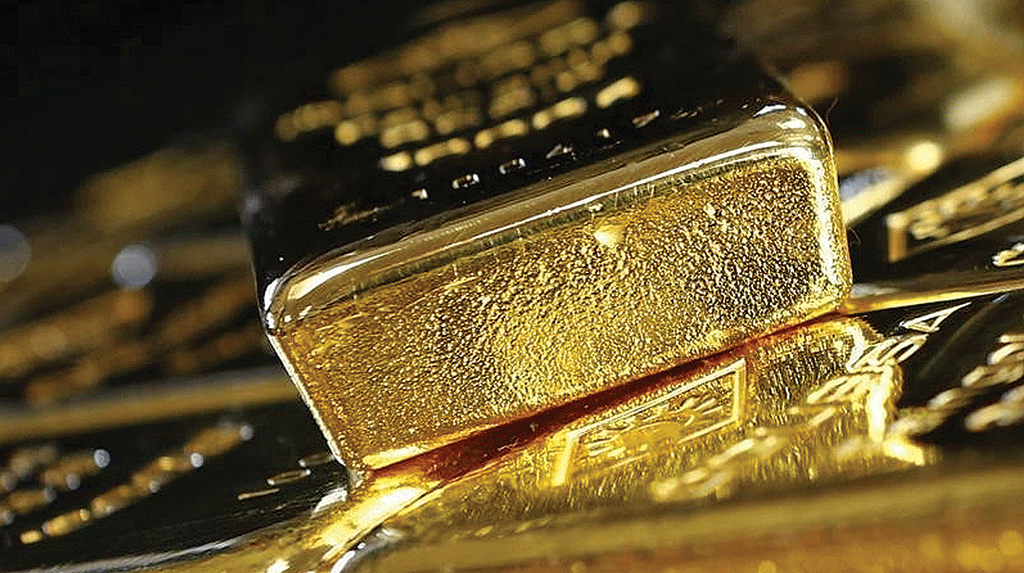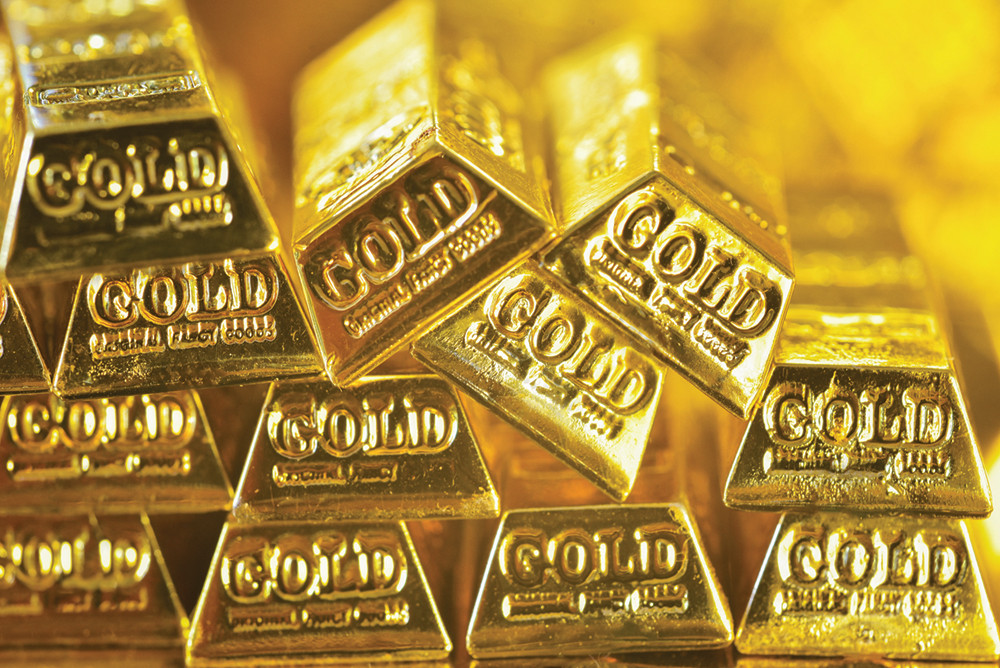
On February 24, the value of the bullion attained the high price of $1689.27 per troy ounce, correcting the bearish momentum and retaining the bullish drive from yesteryears. The value was the highest observed since January 2013, a time when the yellow metal was valued at its highest ever. While one school of thought is rejoicing, the other is scampering for answers:
what market fundamentals are influencing the bullish momentum?
Turn the pages of the history of the gold prices since the great financial crisis of the late 2000s and one answer is apparent — Gold prices are often influenced by change in real rates. The value of the bullion inclines when the real yield drops and vice versa. Real rates are normally defined as the 10-year treasury yields (a determining factor for the return of risk-free instruments) minus inflation.
The Relationship
Real rates expose the inflation-adjusted opportunity cost of holding gold in a portfolio. In hindsight, gold does not yield any cash flows unlike its contemporaries such as stocks and bonds. The low rates mean that an investor in gold does not lose out on interest income. When the rates are high, an investor will reduce its position in gold and reallocate the funds to higher-yielding assets like stocks and bonds ultimately ushering lower prices for the bullion.
Retracing its movements in the past 30 years, the negative relationship between gold and real rates has been strong. The bullish side of the bullion was recorded in an environment of low or negative interest rates. On the contrary, higher rates were recorded simultaneously with lower gold prices.
Accommodation Policy of Central Banks
The turnaround of gold price after early 2013 coincided with a strong incline in real yields. During the said period, the Federal Reserve announced that it would start tapering its policy of quantitative easing. Traders pushed the treasury yields upwards in the expectation of higher policy rates. However, in the absence of an offsetting increase in inflation rates, the real yields also slumped sharply, knocking the gold prices down to levels of $1204.19 per troy ounce by the end of 2013.
The strong bounce-back of gold since October 2018 occurred in chorus with the important developments in interest rates and inflation. Around the world, central banks had taken an accommodative stand in light of the macroeconomic uncertainty. To espouse the effect, the Federal Reserve conducted “mid-cycle” rate cuts. The ECB and Bank of Japan increased its quantitative easing operations to stimulate demand in their economies. The current treasury yields reflect the market expectations of low rates for the near to mid-term immediate future.
Phenomenon i.e. Inflation
After numerous false signals, there are signs that inflation could make a resounding return. As per December 2019 readings, the Eurozone inflation hiked to a six-month high of +1.3% annually while the US CPI fast-tracked to +2.3% annually. The commentary from central bankers such as Lael Brainard, the Governor of the Federal Reserve, indicated that the central bank let inflation overrun its own 2% target level to accelerate a return to a more “normal” monetary policy outlook.
Numerous elements that impact the rates also directly impact the bullion. As recorded throughout history, the yellow metal has been considered a safe-haven instrument. Energy prices heavily influence inflation. The attack on Saudi oil facilities in September 2019 triggered higher oil prices. Likewise, driving higher inflation and lower real yields and also supporting safe-haven demand for gold.
Conclusion
In recent days, global trade conflicts or the effects of the corona virus outbreak could impact the global economy, and the central banks could be called upon to harness dovish outlook to stimulate the growth. In such case, the demand for alternative assets like gold could increase. However, the opposite scenario is equally possible. After penning their agreement on phase one deal in January, the USA and China may engage in further trade partnerships in the future. In both scenarios, gold and the rates historical connection appear to be on firm footing and may not deviate with alarming ramifications anytime soon.





